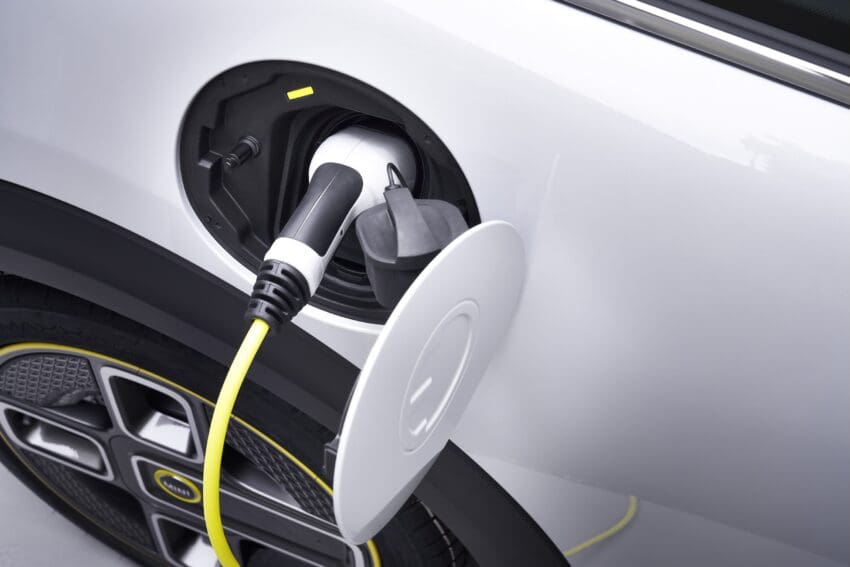
EV Myths Busted: Separating Fact from Fiction in 2025
The new era for humanity started with the launch of the World Wide Web and much more efficient usage of electricity.
It has affected not only the entertainment, like the opportunity to play real money casino games on Kokobet, but also with the rise of smartphones and electric vehicles. As EVs gain traction in 2025, myths and misconceptions continue to cloud public perception. It is a perfect time to reflect on this topic and learn more about the most common EV myths, separating fact from fiction with a neutral lens, drawing on current trends and data to provide clarity for consumers, enthusiasts, and skeptics alike.
EVs Are Too Expensive to Afford
The first myth that immediately comes to mind when people mention electric vehicles is that they are too expensive compared to standard vehicles. In fact, this is far from true, as by 2025, the situation has changed significantly thanks to excellent decisions made by governments around the world. A good example is that mainstream manufacturers like Hyundai, Kia, and Vauxhall now offer models such as the Hyundai Ioniq 5, which starts at about 36995 GBP in the UK, before grants.
More affordable models have begun to appear simply because UK government support through the Electric Car Grant provides discounts of up to 3750 GBP on new electric cars priced at 37000 GBP or less. Batteries do not cost as high as they did before, which also lower prices. It is still possible to name a couple of vehicles with premium prices, like Lucid Air or Rivian R1T, which are still costly, but affordable models are widely available. When people start to calculate how much it is going to cost them to sustain a traditional car – fuel, maintenance, incentives, EVs become a much more appreciated choice. Especially in the long run.
EVs Have Limited Range and Can’t Handle Long Trips
Many people still believe that electric cars have significantly inferior range to gasoline cars. In fact, by 2025, this is already a myth. Current models confidently cover most scenarios:
- Mid-range. The Tesla Model 3 or Ford Mustang Mach-E travels 480-640 km on a single charge.
- Budget segment. The Nissan Leaf and similar models offer a range of around 240-320 km, which is sufficient for city and suburban commuting.
- A fast charging station adds up to 320 km of range in 20-30 minutes.
- About 80% of charging takes place right in the garage or yard.
For long-distance trips, routers like A Better Routeplanner have long been available, which automatically schedule charging stops. This makes long-distance trips in electric cars quite feasible and convenient.
EV Batteries Degrade Quickly and Are Unreliable
Many potential electric car buyers fear that batteries will fail quickly, but this is largely a myth. In fact, modern lithium-ion batteries are quite durable. According to 2025 studies, most batteries retain 80–90% of their capacity after 8-10 years or after driving approximately 180000 km. For example, Tesla data from 2024 shows that Model 3 batteries lose only about 12% of their capacity after 322000 km. New thermal management technologies and improved battery chemistry extend battery life, and warranties typically cover 8 years or 180000 km. Furthermore, companies like Redwood Materials are already recovering up to 95% of battery materials, reducing replacement costs and environmental impact.
EVs Are Not as Environmentally Friendly as Claimed
Some criticize electric vehicles, arguing that they merely shift tailpipe emissions to power plants, while battery production negates their environmental benefits. Yes, EV production, especially of batteries, does produce emissions. But when you look at the vehicle’s entire lifespan, the picture changes. The Union of Concerned Scientists estimates for 2025 that electric vehicles, on average, emit 50–70% less carbon over their lifetime than gasoline-powered cars, even when charged from a dirty coal-fired power plant.
As electric grids increasingly rely on renewable energy in 2024, about 40% of US electricity came from renewable sources, and EV emissions will drop even further. Furthermore, new batteries and cleaner production methods reduce the environmental impact by up to 30%.
Charging Infrastructure Is Inadequate
Many people believe that there are too few electric vehicle charging stations, which is hindering their adoption. In fact, by 2025, the situation has changed significantly. The US already has over 320000 public charging points, and networks in Europe and China are even larger. New technologies are emerging, such as wireless charging and mobile charging stations, and in cities, charging stations are increasingly being installed in parking lots and even under streetlights.
Of course, the situation is still worse in rural areas, but government programs, such as the Infrastructure Development Act in the US, are building thousands of new points. Most EV owners still charge their cars at home: about 90% install Level 2 chargers for convenient overnight charging.
EVs Are Only for Urban Drivers
Many believe that electric vehicles are impractical for rural or suburban residents due to their limited range and charging issues. But in 2025, this has changed. For example, the Rivian R1S offers a range of over 640 km on a single charge, and the expanding network of charging stations and portable chargers is addressing the infrastructure issue. Some models, like the Ford F-150 Lightning and GMC Hummer EV, are even suitable for off-road use.
The operating savings are also significant: electricity is cheaper than gasoline, saving approximately 2000 GBP per year. Cheaper models are now available, and charging technologies and networks continue to evolve. By debunking myths about cost, range, and safety, electric vehicles are becoming a viable choice for a wide range of drivers.